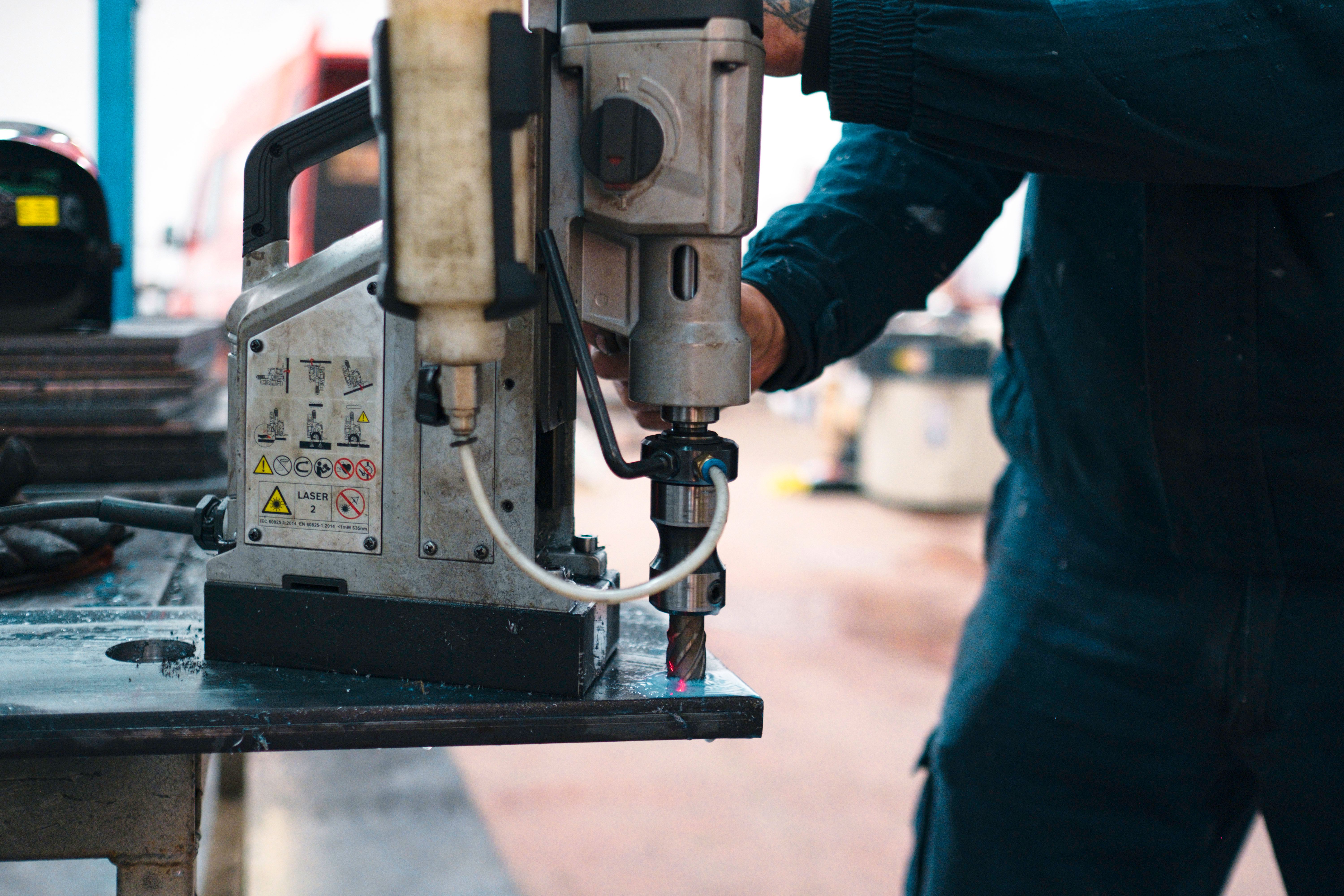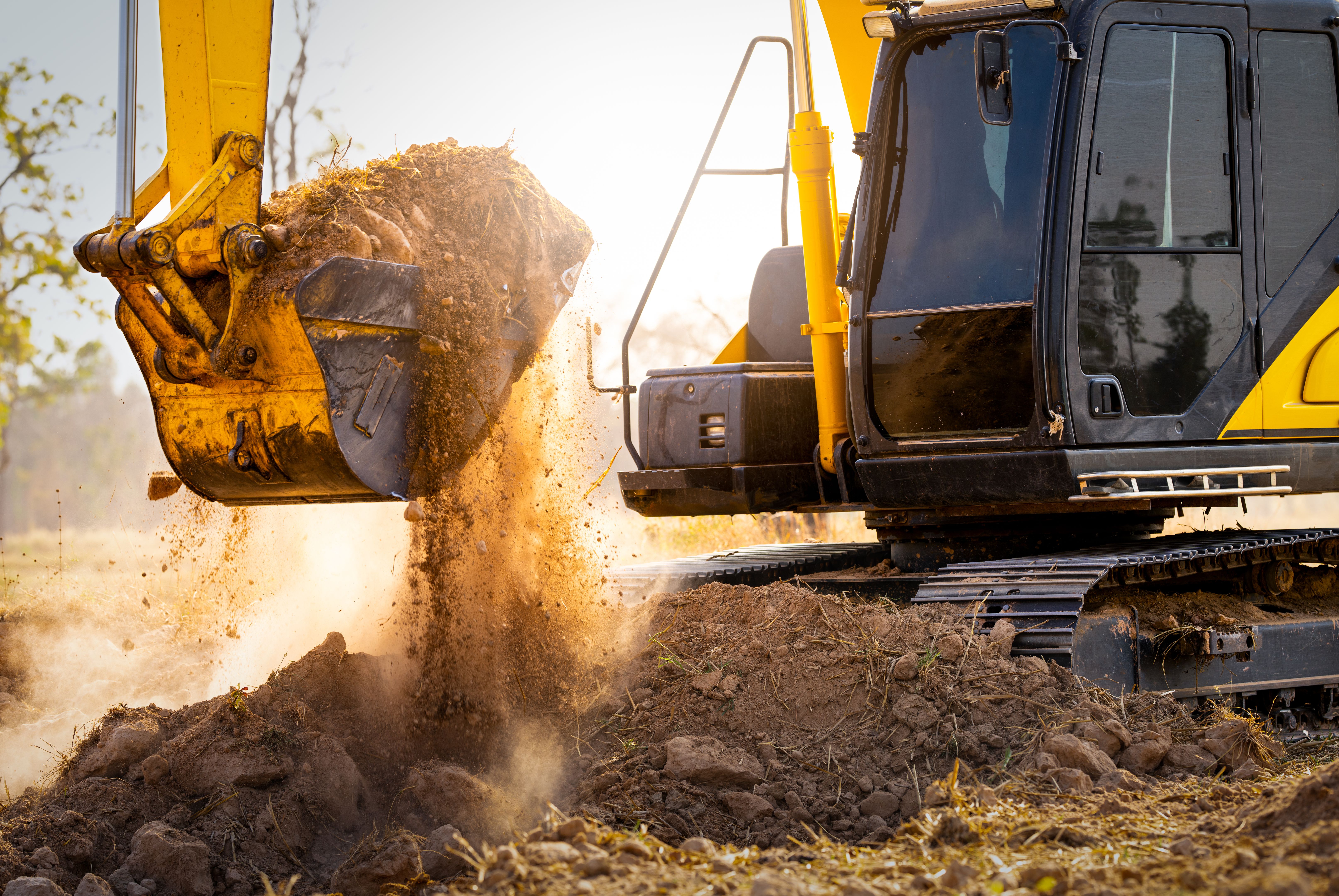Maximizing Efficiency with Magnet Drills for Steel Structures
RR
Understanding Magnet Drills
Magnet drills, also known as mag drills, have become indispensable tools for professionals working with steel structures. These powerful devices leverage electromagnetic bases to attach securely to steel surfaces, offering stability and precision. Understanding the capabilities and benefits of magnet drills can significantly enhance your efficiency on the job site.
One of the primary advantages of using a magnet drill is its portability. Unlike traditional drill presses, magnet drills are designed to be moved effortlessly across various points on a steel structure. This mobility allows for drilling in hard-to-reach areas, reducing the need for repositioning heavy workpieces.

Choosing the Right Magnet Drill
When selecting a magnet drill, it is crucial to consider the specific requirements of your project. Different models offer a range of features, such as variable speed controls, reversible motors, and different power outputs. By understanding these features, you can choose a drill that matches your project's demands and maximizes efficiency.
It's also important to assess the drill's magnetic holding strength. The magnetic base must provide adequate force to prevent any movement during drilling, ensuring accuracy and safety. Typically, magnet drills are rated by their holding power in pounds or kilograms, which should align with the thickness and type of steel you are working with.

Safety Tips for Using Magnet Drills
While magnet drills are designed for safety and efficiency, users must still adhere to best practices. Always wear appropriate personal protective equipment (PPE), such as gloves and safety glasses, to prevent injuries from metal shavings or accidental contact with moving parts.
Additionally, ensure that the drill's power cord is safely managed to avoid tripping hazards. Regularly inspect the magnetic base for debris that could interfere with its adhesion to the steel surface, as even small particles can compromise stability.
Applications in Steel Construction
Magnet drills are particularly valuable in steel construction projects due to their versatility. They can be used for tasks such as hole drilling for bolts and rivets, creating threaded holes, and even cutting large diameter holes with annular cutters. This flexibility makes them an essential tool for constructing bridges, buildings, and other steel infrastructure.

Maintenance for Longevity
To ensure the longevity of your magnet drill, regular maintenance is crucial. Begin by cleaning the unit after each use to remove metal shavings and dust. Lubricate moving parts as per the manufacturer's instructions to prevent wear and tear.
Additionally, periodically check the electrical components for signs of damage. Replace any worn-out parts promptly to maintain optimal performance and safety standards. A well-maintained magnet drill not only lasts longer but also operates more efficiently.
Conclusion
Investing in a high-quality magnet drill can greatly enhance your productivity when working with steel structures. By choosing the right model, practicing safe operation, and maintaining your equipment, you can maximize both efficiency and safety on your projects.
As you incorporate magnet drills into your workflow, you'll likely find them indispensable for tackling various challenges in steel construction. Embrace these tools and experience the benefits they bring to your operations.